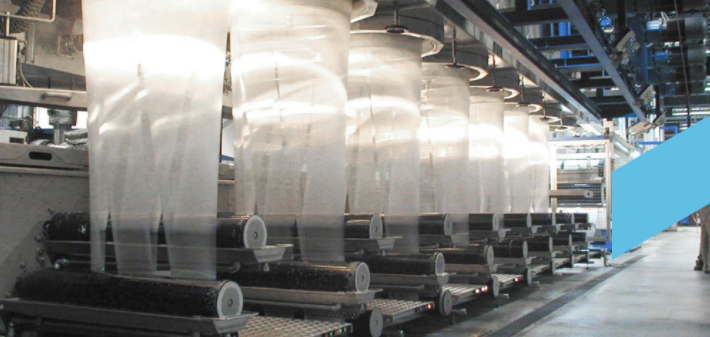Wool
Wool’s inherent flexibility makes it an excellent
fabric material. Because of the yarn’s flexibility
and give, it’s less taxing on your hands and
wrists than working with cellulose fibres would be. If
you’re working with cotton, you’ll want to
maintain the yarn under greater strain to ensure a
constant gauge. Wool has a lower tensile strength than
synthetic fibres, but the differential will vary from
yarn to yarn and from precise fibre composition to exact
fibre composition.
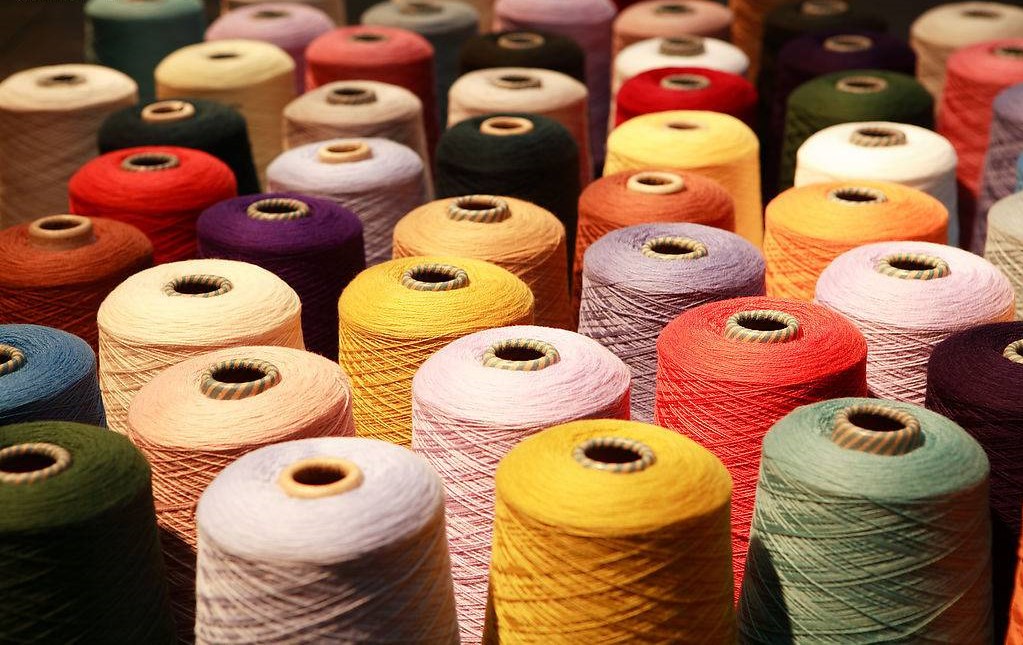

Yarn Products

Detailed Information
Approximately 35% of the moisture that it absorbs may be
absorbed by wool fibre. As a non-summer factor, it may
have a somewhat beneficial effect during the warmer
months. A higher humidity level will have less of an
effect on your yarn because of its absorbency, which
prevents your yarn from stretching or feeling wet while
you’re working with it.
There are additional practical uses for this
water-holding capacity. When socks are worn for hours,
caps stay in place without irritating sweaty brows, and
mittens keep those chilly fingers warm and dry.


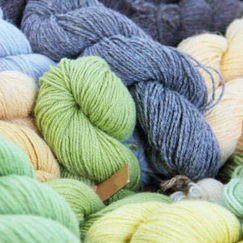

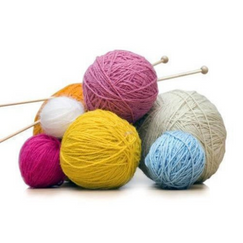

Key Attributes
Yarn Products
- Easy on the Joints Due to Elasticity
- Wool is a good insulator and a good absorbent.
- Stuff That's Hard to Break
- Keeps you warm and cool at the same time
- The ability to adapt to different situations.
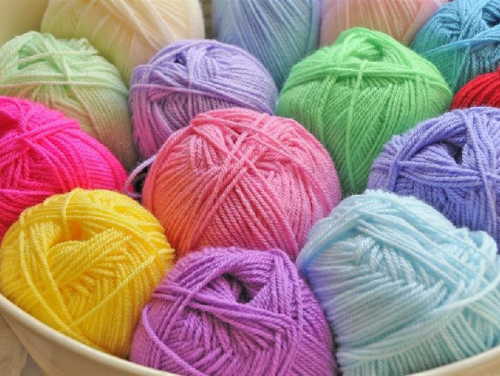
How can we help your business?
Quickly maximize timely deliverables for real-time
schemas. Dramatically maintain clicks-and-mortar
solutions without functional solutions.

